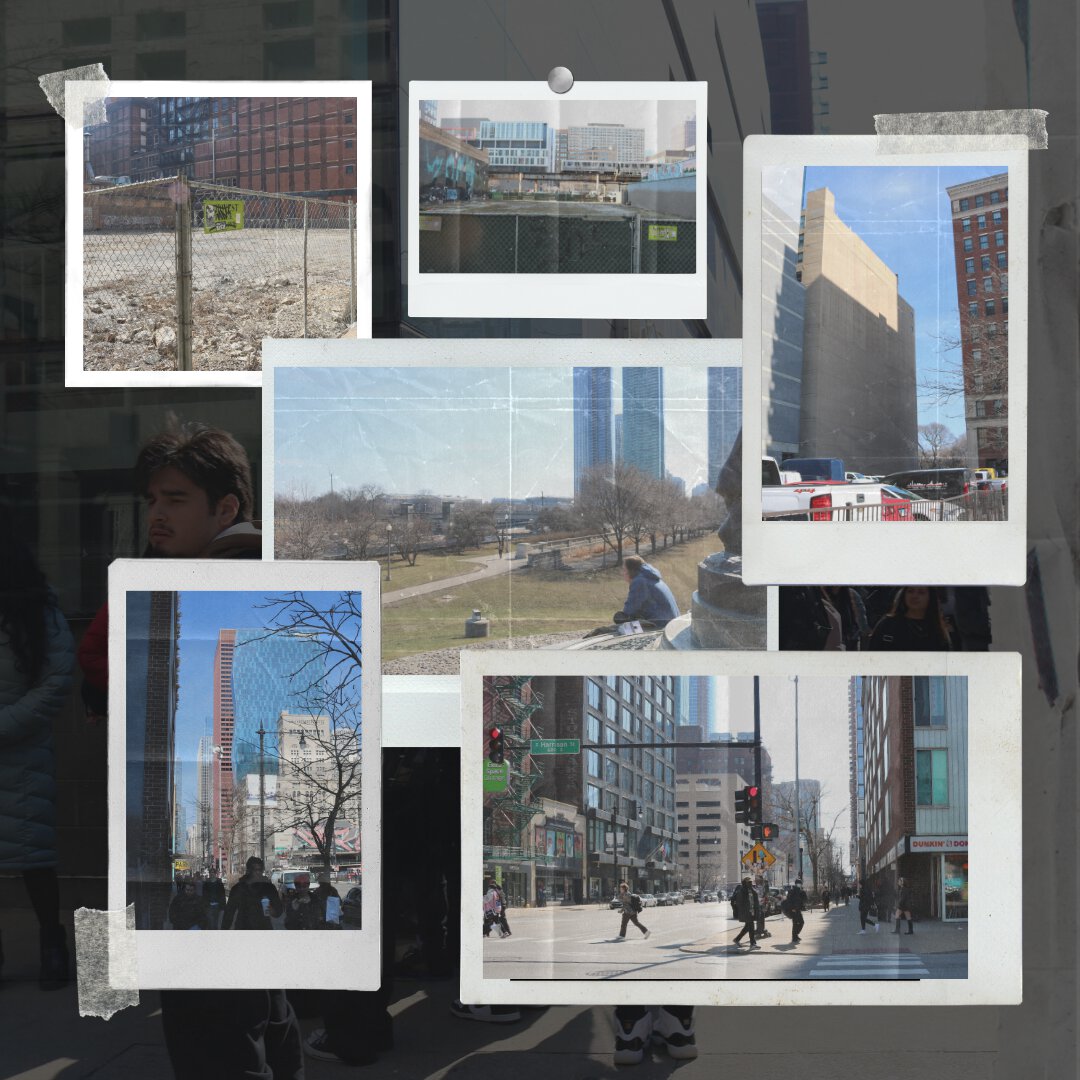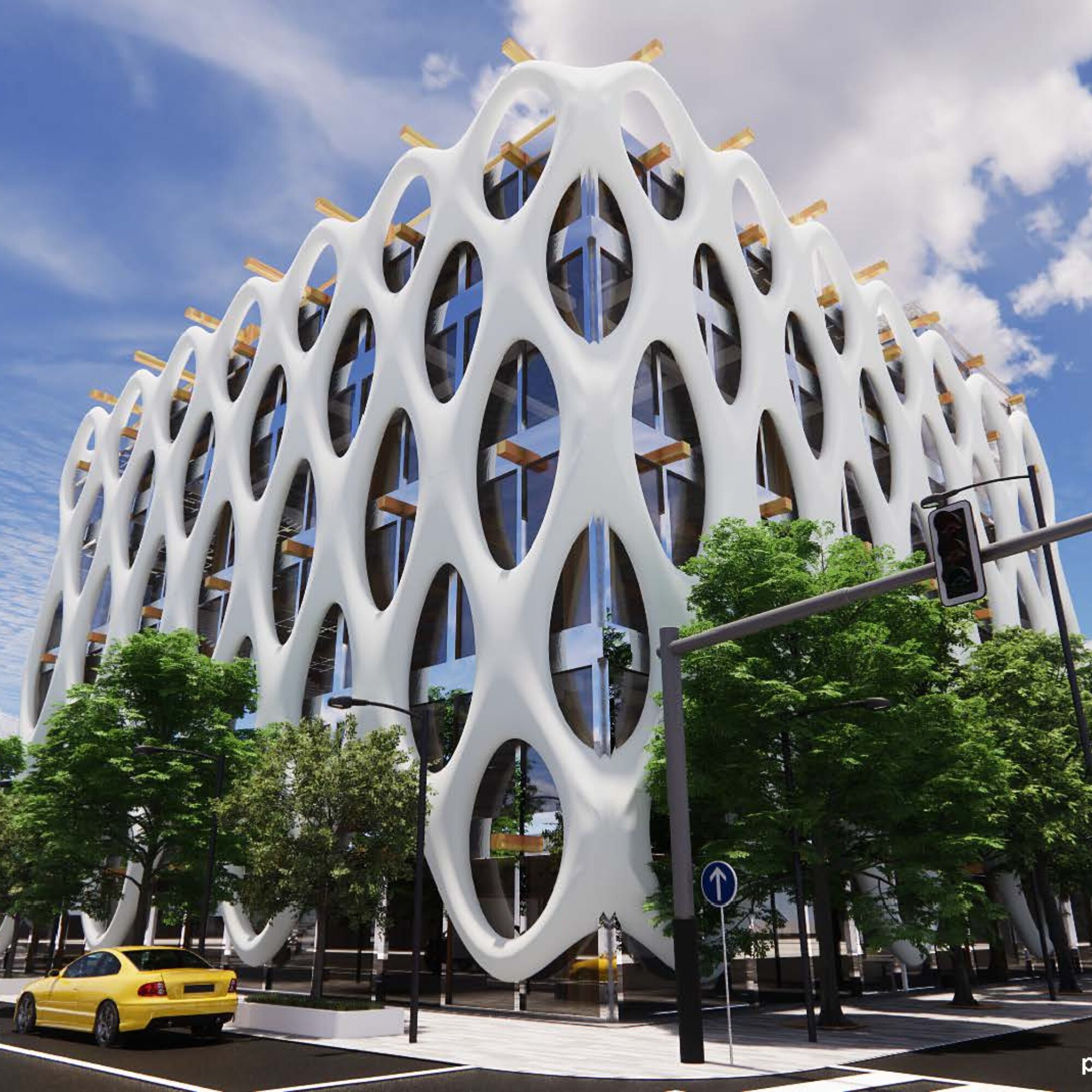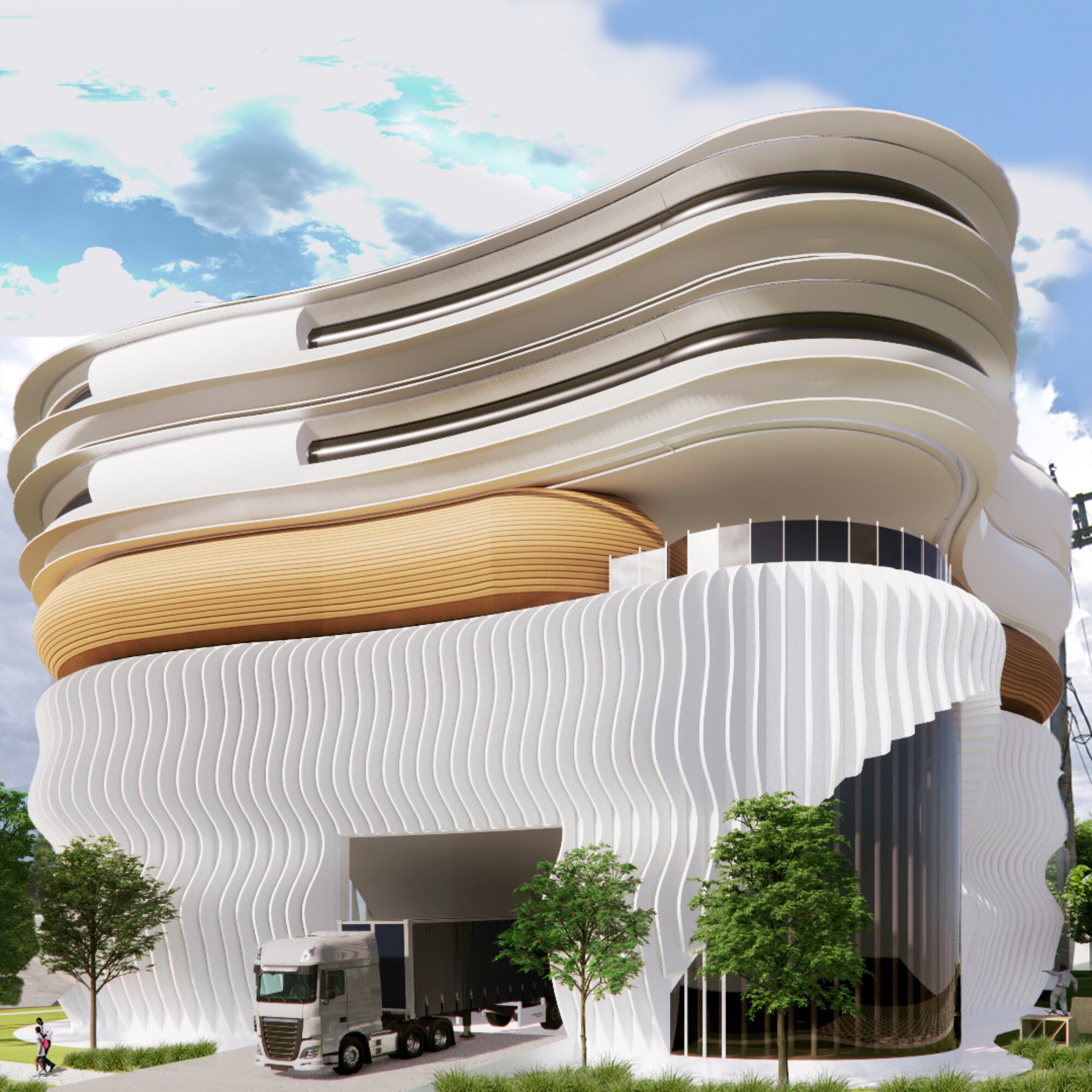Born in Lagos, Jeffrey Ose Ohuaregbe (O.J.), NOMA, AIA is an M.Arch candidate at the School of the Art Institute of Chicago. He graduated from the University of Benin, Nigeria with a Bachelor of Science in Architecture. O.J. believes in the interdisciplinary nature of architecture leaning on concepts from Vitruvius to Da Vinci. He experiments with a variety of disciplines ranging from design, fashion, graphics, robotics, and art then culminates these experiences into his design approach. As a polymath, O.J. appreciates the interconnectivity of every field and is continually curious and willing to learn new techniques and systems. Following the quote “the only true wisdom is in knowing you know nothing”, O.J recognizes that at every point in life, he’s still a student and is willing to learn all that is necessary from any person ready to teach. Using this design approach, it becomes easy to tackle problems from a unique perspective, seeing through diverse career lens.
PLACIAL IDENTITY: MICROCOSMS
Placelessness, a byproduct of the concepts of minimalism and functionality imminent in 21st century architecture has slowly yet consistently built a generic monolith. With experiences becoming largely similar in the cityscapes across the globe, there is a subconscious push for exploration into a more random landscape hence the popularization of dystopian scenes in recent pop culture. These depictions are often a hyperbolic expression of the ‘strictly for profit’ or ‘capitalist’ approach architecture and society veers to currently. This system currently generates more ‘built spaces’ than ‘places’.
What then are places? What is an ideal place? What collective memory accentuates a space to a place? What are the effects of an ideal place on an individual? Does ‘placial identity’ die or can it be transferred?
Concept Framework
Following the quote, ‘as above, so below’, the idea of an ecosystem within an ecosystem begins to define my exploration – A microcosm that is of itself distinct and juxtaposes the site context yet is being molded by it. Mimicking the mycelium fungi, these places spread out within the macrocosm (the concrete jungle) and are virtually interconnected to achieve a node network framework.
Buildings influence most of human life, or in fact molds it since we are in and around them all through our life. Recent studies show that a higher mortality rate can be linked to cortisol, a stress hormone developed in response to bland or boring experiences. Another valuable mention is loss of identity, lesser distinctness gives a severe blow to human psychology, which is particularly rampant in today’s cities. The ant spiral of death, an occurrence in nature due to loss of sense of place, is an allegorical depiction of human behavior in such scenarios of placelessness. With human health and psychology on the line, avoiding similarity thus buttresses the need for human places.
Using empty or parking lots within the Chicago Wabash corridor as a testing ground is more viable due to its unique site context. A diverse pool of cultural and age groups can be harnessed from residents, tourists, commercial bystanders and students. These sites provide an opportunity of integrating community and initiating new social cultures that are tied to rest, interaction, gardening, making, research and multispecies dwelling. Also with the diverse site conditions provides room to test the adaptability of the framework anywhere in the globe.
The solution proposed, is to create kinetic structures for different scales distinct to one another but serving the program function of an urban research and recreation center/arboretum. The static state of architecture demeans its organic capabilities. By integrating responsive design, structures become an organism of itself and thus creates a more sustainable spectacle owned by the public interdimensionally.




